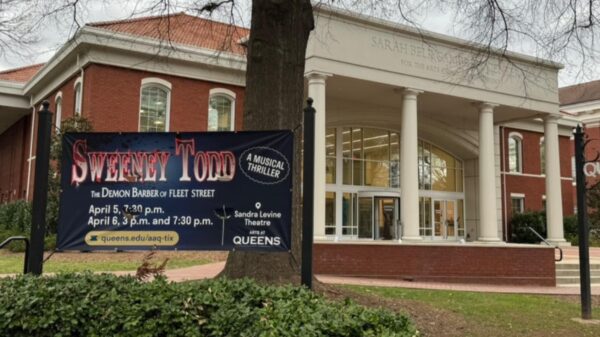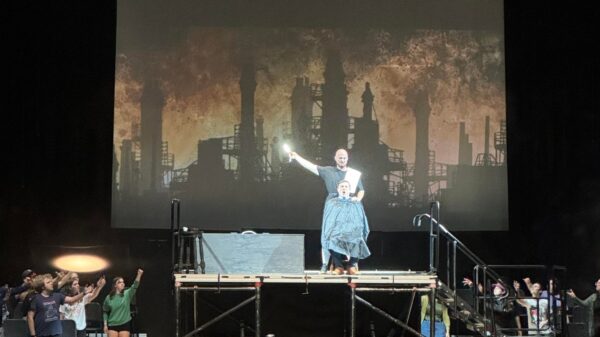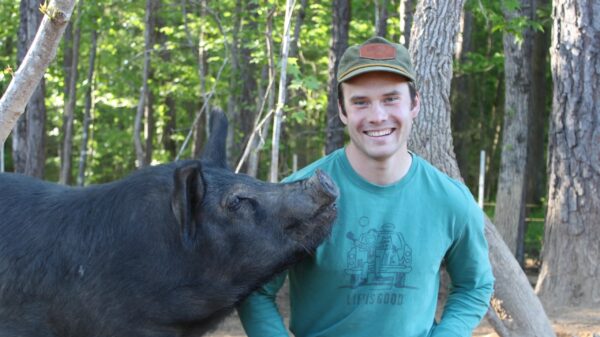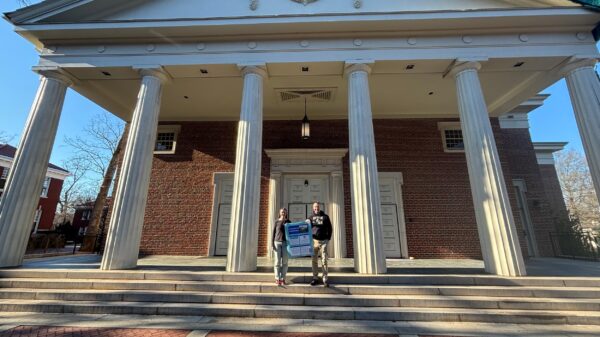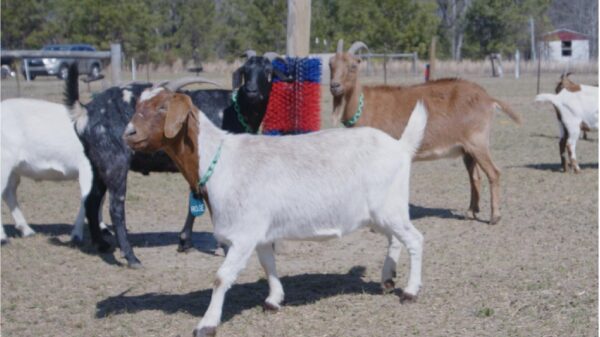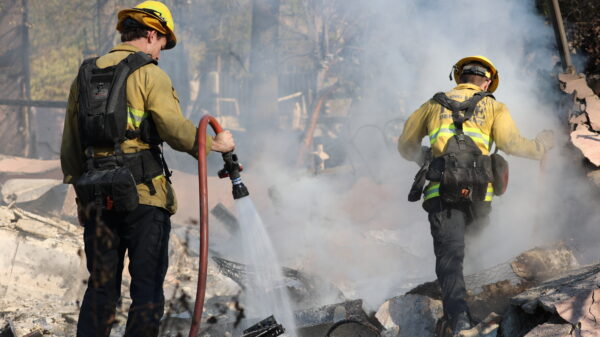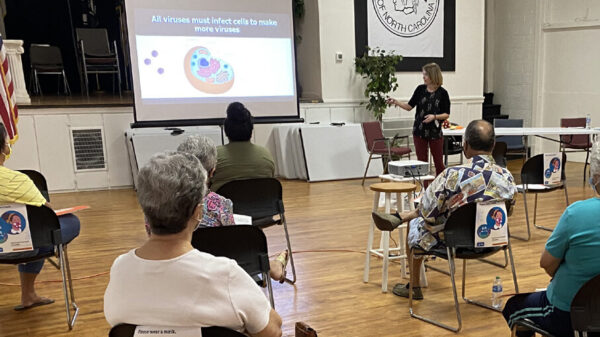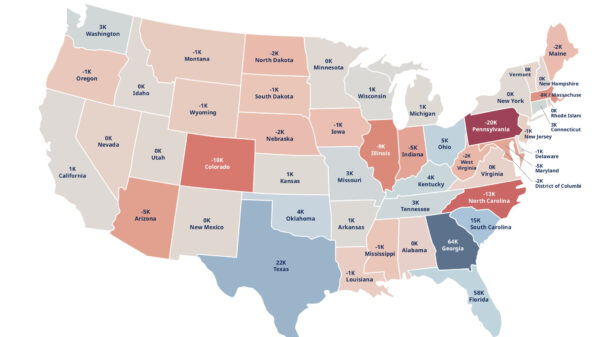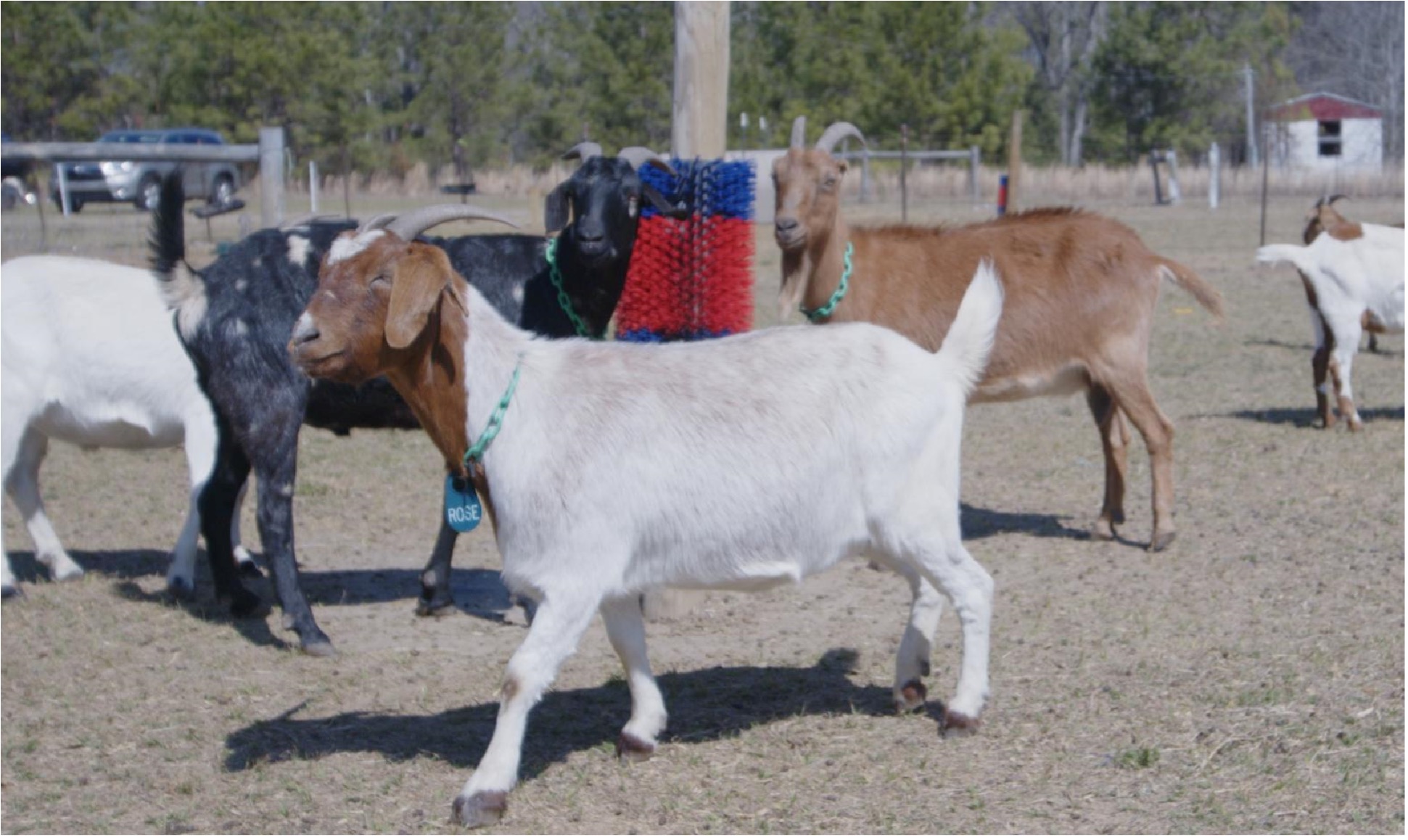What if your overgrown backyard could be cleared without chemicals and for a third of the cost? Instead of hiring a crew, imagine a team of goats arriving to do the job exactly how nature intended.
Your lawn gets cleared, you save some money, and it’s fun to watch.
What is Goatscaping?
Goatscaping is an eco-friendly alternative to landscaping and herbicide use, using goats to clear overgrown vegetation naturally. Instead of relying on chemicals or equipment, goats eat invasive plants like kudzu, poison ivy and brush, leaving behind healthier soil and reducing the need for manual labor. This sustainable approach is gaining popularity among homeowners and municipalities looking for cost-effective and eco-friendly alternatives to land management.
How Does It Affect Your Property?
If you’re struggling with overgrown yards, goatscaping can be a game-changer. Marilynn Fitzpatrick found this out firsthand when when her property in Columbia, South Carolina became so overgrown that the city started fining her $25 per day. Looking for alternatives, she contacted a landscaping company that quoted her $1,800 just to clear an undeveloped lot on her property. Frustrated by the steep cost, she kept searching and came across Green Goat Land Management of Barnwell, South Carolina.
Jacob Porter, a federal and state vendor specializing in goatscaping, offered Fitzpatrick a different solution. Porter, who has worked with the Forestry Commission of South Carolina, the U.S. Coast Guard in Charleston, and projects across the Carolinas and Georgia, quoted her $500 to clear both the lot and her backyard. “I come in cheaper because I don’t pay [the goats] labor. Labor is a big cost,” said Porter.
Within days, a herd of goats arrived, to clear Fitzpatrick’s space without chemicals or equipment.
Practical Uses for Goatscaping
Goatscaping is especially useful in areas where landscaping may be impractical or environmentally harmful. Goats can clear steep or heavily wooded terrains that mowers can’t reach, and unlike landscaping crews, they don’t require fuel-powered equipment or chemical treatments.
One unique advantage of goatscaping is its ability to prevent plant regrowth. Many traditional methods, like mowing or weed whacking, end up scattering seeds and unintentionally worsening the problem. “When a goat eats something, they have four chambers in their stomach, so any seeds that are ruminated they can’t digest,” Porter explained.
“When they eat a seed, they’re not going to pass the seed that is viable.” Plants like kudzu and dandelions, which typically regrow aggressively after being cut, are far less likely to return after being consumed by goats because it remains in their stomachs. “The seeds they consume don’t come back. So you break the life cycle of the plants,” Porter added.
Goatscaping is also gaining traction as a method for fire mitigation, particularly in regions prone to wildfires like California.
Over the past few years, fire-prone states have increasingly turned to goat herds as a way to reduce fire hazards, deploying thousands of goats to clear dry brush that serves as fuel for wildfires. “They used thousands of goats in California,” Porter said. “They’ve got 6,000 deployed right now in California doing fire mitigation.”
The Southeast faces similar concerns. Dense underbrush in forested areas can increase the risk of wildfires, particularly in times of drought. “In South Carolina, they have 100,000 acres that they manage in the forestry commission,” Porter explained. “With all the burn bans, the windy days and the drought conditions, they can only burn 10,000 acres (a year), so that is 90,000 acres they don’t get to.” The buildup of underbrush, if left unchecked, can become a serious fire hazard.
Limitations of Goatscaping
Despite its advantages, goatscaping isn’t an alternative for every scenario. While goats are excellent at clearing brush, they don’t fully eradicate plant roots, meaning that follow-up treatments like manual removal or targeted herbicide application may still be necessary.
Additionally, there are certain plants that goats won’t eat. “Other plants like periwinkle they’re not going to touch, it’s toxic to them – they don’t eat it,” Porter said.
Time is another consideration. While a landscaping crew with equipment might be able to clear an area in 30 minutes, goats take longer. “It’s gonna take them three days to do what a landscaper could do in thirty minutes,” Porter noted. Even though goats take longer, you get a chemical-free, eco-friendly method that enriches your soil rather than depleting it.
Another factor to consider is space. Each goat needs approximately 250 square feet of grazing area, so larger properties are better suited for this method than smaller properties. In all cases, temporary fencing is required to ensure the goats stay within designated areas.
The Future of Goatscaping
As more people look for sustainable alternatives to land management, goatscaping is gaining traction. Companies like Green Goat Land Management are proving that this centuries-old method is not only viable but also cost-effective and eco-friendly. Whether it’s for invasive plant control, fire mitigation, or simply reducing costs, goats are a popular choice for those looking to work with nature instead of against it.
At the end of the day, the goats leave behind a cleaner property and a fascinated audience.
Queens University News Service stories are prepared by students in the James L. Knight School of Communication with supervision and editing from faculty and staff. The James L. Knight School of Communication at Queens University of Charlotte provides the news service in support of local community news.
-

Jet Francis of Huntersville, North Carolina is a Multimedia Storytelling major in the James L. Knight School of Communication at Queens University of Charlotte. Jet is also on the Queen’s Triathlon and Track & Field team, as well as performing in theater productions.
View all posts -

Samuel Navarro of Atlanta, GA is a Communications major in the James L. Knight School of Communication at Queens University of Charlotte. He worked closely as a student reporter with the Charlotte Journalism Collaborative to inform voters during the 2024 election and gathering insights on how journalism could be more effective in delivering news. Samuel is also a business owner, working as a freelance marketing manager for over three years - having collaborated with over 20+ companies from small local businesses to multi-million dollar brands.
View all posts


